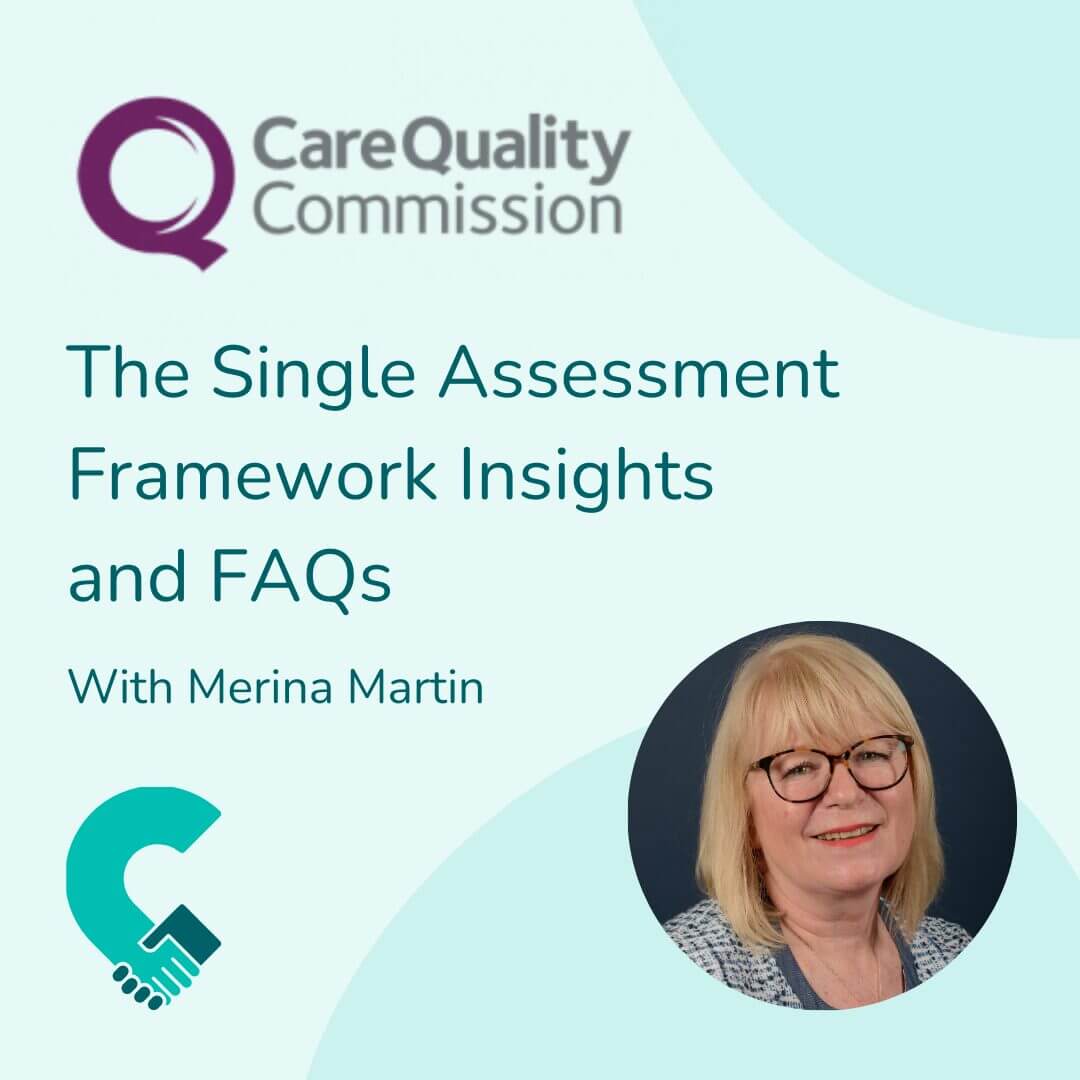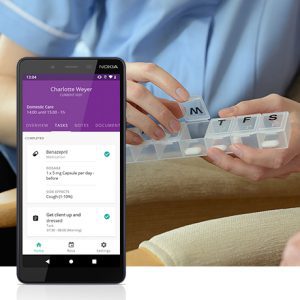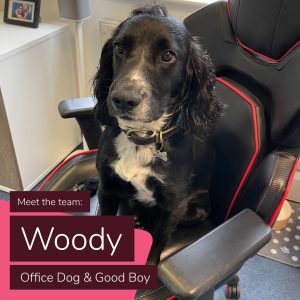On 17th April 2024 CareLineLive hosted an extremely well received webinar on the new CQC Single Assessment Framework. If you missed it we are repeating the webinar on 2nd May. Register to secure your free place. It was great to see so many attendees and the Q and A session gave all concerned an opportunity to discuss their areas of concern. Here we answer the most requested information.
The video does contain slightly different information to the written notes below.
Registration
How long is everyone waiting to register a new care manager for a new business registration?
Right now, I don’t know how long the wait is. I do believe registrations are dealt with on a first come first served basis and obviously it will be quicker if CQC is given all of the required information. Historically, the time frame has been in excess of 10 weeks with the addition of time-consuming exchanges of information. Regulation 7: Requirements relating to registered managers gives clear guidance of the requirements but unfortunately no registration timeframes.
In terms of time frames, CQC updated their guidance on 3rd April 2024 stating:
We assess all applications in the order we receive them.
Once we receive your application, we will:
review the application and ask for more information if needed
contact you to arrange an interview date
let you know our decision on your application by email
Our registration assessment process is rigorous and can take some time. You cannot manage regulated activities until we have confirmed that you are registered.
How many registrations do you need as a provider on the new CQC portal. Do you need one for the service and one for the registered manager?
There’s nothing explicit on this, however, CQC state that you will receive an email asking you to register. (Bear in mind that when you register it is preferable that you use your first name and last name in the email address rather than manager@ or info@ etc). Currently, only nominated individuals and registered manager can create an account and we believe that in the near future providers will be able to give access to nominated staff members. Please note, that registering on the portal will not affect your existing registration. Please follow the guidance within the provider portal.
Assessment
I am having an assessment in the new framework, what can I expect?
Firstly, make sure that your all of your registered details and contact information are correct and up-to-date. CQC may feel that it is not necessary to do a site visit and will email the provider as to when the assessment is scheduled. To assess your service CQC will contact you to ask for evidence relating to the Provider Information Return (PIR), key questions, quality statements and the evidence categories. They will be assessing the quality of the service and gathering evidence in a variety of ways including gaining feedback from all stakeholders.
As of 22nd February 2024 CQC have stated:
Where we request evidence, we will use information that a provider has available. Apart from the PIR for adult social care services, we will not specify a particular format for the information. We know services are at different levels of digital maturity so we will adapt our collection methods while they develop, in line with the plan for digital health and social care.
For now, providers do not need to submit evidence to us proactively. We will ask you for anything we need.
In addition to specific requests for evidence from providers, we will continue to carry out interviews with staff and workers in services, and with service leaders. We may do this online.
We will determine when we need to request evidence directly from providers based on the timetable for assessments.
By using our assessment framework as part of our regulatory approach, we will have the flexibility to:
update the ratings for key questions and overall ratings when things change, based on more frequent assessment of evidence
collect and review evidence in some categories more often than others. For example, we may collect evidence of people’s experiences more often than evidence about processes
be selective in which quality statements we look at – this could be one, several or all.
‘I’ and ‘We’ statements
How we can implement ‘I’ and ‘We’ statements to care planning?
The ‘I’ statements work very well in conjunction with the Fundamental Standards and can be integrated into the care plan. A great example is for providers to delve deep into their About Me assessments which will give information to act upon what is intrinsically important to a person. In addition, base your feedback questions on the ‘I’ statements, to get the in-depth views of people using services, for example:
I can live the life I want and do the things that are important to me as independently as possible
I am treated with respect and dignity
I feel safe and am supported to understand and manage any risks
I am supported to manage my health in a way that makes sense to me
I have people in my life who care about me – family, friends and people in my community
When a client is unable to communicate preferences and needs, do you still use I statements?
My view on this is yes, as care plans do need to be as person-centred as possible. There may be an advanced care plan in place or the client may have given authority for example Lasting Power of Attorney or a person appointed by the Court of Protection will be the decision maker. This is what CQC states under the key question of Effective – Consent to care and treatment:
Where necessary, people with legal authority or responsibility can make decisions within the requirements of the Mental Capacity Act 2005.This includes the duty to consult others such as carers, families and/or advocates, where appropriate.
People’s capacity and ability to consent is taken into account, and they, or a person lawfully acting on their behalf, are involved in planning, managing and reviewing their care and treatment.
Under the key question of Responsive the ‘I’ statements that reflect what matters to people are below:
I have care and support that is co-ordinated, and everyone works well together and with me.
I am in control of planning my care and support. If I need help with this, people who know and care about me are involved.
I am encouraged and enabled to feedback about my care in ways that work for me and I know how it was acted on.
Care Planning
How we can implement ‘I’ and ‘We’ statements to care planning?
CQC want to see evidence of the ‘I’ and ‘We’ statements in care planning and to do this you can simply add person-centred statements into care plans for example: The CareLineLive care planning feature gives you fourteen different assessments that are intrinsically person-centred where you can add detail of the ‘I’ statements and when your adding tasks for care delivery make sure that they are detailed and reflect the information in the assessments.
In terms of the ‘We’ statements, make sure that you understand the quality statements and again, reflect them within the care plan for example under the key question of Responsive the quality statement is:
We make sure people are at the centre of their care and treatment choices and we decide, in partnership with them, how to respond to any relevant changes in their needs.
People’s care plans fully reflect their physical, mental, emotional and social needs, including those related to protected characteristics under the Equality Act.
People who use services and those close to them (including carers and dependants) are regularly involved in planning and making shared decisions about their care and treatment, so it is centred around them and their needs.
People understand their condition, care and treatment options (including any associated risks and benefits) and any advice provided.
People can receive the most appropriate care and treatment for them as the service makes reasonable adjustments where necessary.
In addition to the CQC’s information, the Social Care Institute for Excellence (SCIE) also has lots of useful information on different types of ‘I’ and We statements and strengths-based practice.
Writing care plans in the first person
We talked about this at the webinar and this is controversial with some providers taking a view that this can only be done if the person has capacity to dictate the care plan or has written it themselves. My view is that the person using the service is the owner of the care plan and therefore it should be written as if they have done so. In addition it gives a much more person-centred view to staff delivering care and empowers the person using the service.
Incidents and Notifications
Do you have to send information of each and every incident to CQC?
It very much depends on the type and seriousness of incident. Not all incidents that happen are notifiable. For example you might have a incident that was a ‘near miss’ which in all probability wouldn’t require a statutory notification. For reference, as of the 22nd February 2024 these are the notifiable events and incidents:
Events and Incidents:
- Absence of a registered individual for 28 days or more
- Allegations of abuse (safeguarding)
- Children and young people in adult psychiatric units
- Death of a detained mental health patient
- Death of a person using the service
- Death of a registered provider (and plans for the service)
- Events that stop a service running safely and properly
- Liquidator or trustee’s plans for a service
- Outcome of an application to deprive a person of their liberty (DoLS)
- Police involvement in an incident
- Return of a registered individual after an absence of 28 days or more
- Serious injury to a person using the service
- Unauthorised absence
Changes to your registered details:
- Change contact details
- Change of an individual’s name
- Changes to your statement of purpose
- Insolvency
- Nominated individuals, officers and directors
- Provider stopping regulated activities
- Provider’s name and address
- Registered manager for an activity
Provider Information Return
How long after submission of PIR does inspection usually take place?
Unfortunately CQC are not giving timeframes for this currently. We are hoping to give more information on this when it is published.
Timeframes
Timeframes for inspection of new services
There are no timeframes published currently.
CareLineLive: Sources of information on the new Single Assessment Framework
If you would like more information regarding how CareLineLive can help you to be transition ready for the CQC new CQC Single Assessment framework, go to the Compliance section of our blog to find out more. Specific links given below:
- Care Quality Commission and moving forward with the Single Assessment Framework
- Single Assessment Framework – Are you transition ready?
- Single Assessment Framework – What does SAFE look like?
- Single Assessment Framework – What does EFFECTIVE look like?
- Single Assessment Framework – What does RESPONSIVE look like?
- Single Assessment Framework – What does CARING look like?
- Single Assessment Framework – What does WELL-LED look like?
- Launch of the CQC new provider portal
Crabbit Old Woman
During the second webinar we mentioned a poem that is helpful when staff are working with services users, I’ve used it as part of educating staff for many years. It’s a gentle reminder of a life gone by, ‘Crabbit Old Woman’ by Phyllis McCormack.
Crabbit Old Woman
What do you see, nurse, what do you see?
What are you thinking, when you look at meA crabbit old woman, not very wise,
Uncertain of habit, with far-away eyes,
Who dribbles her food and makes no reply
When you say in a loud voice, I do wish you’d try.
Who seems not to notice the things that you do
And forever is losing a stocking or shoe.
Who, unresisting or not; lets you do as you will
With bathing and feeding the long day is fill.
Is that what you’re thinking, Is that what you see?
Then open your eyes, nurse, you’re looking at me.
I’ll tell you who I am as I sit here so still!
As I rise at your bidding, as I eat at your will.
I’m a small child of 10 with a father and mother,
Brothers and sisters, who loved one anotherA young girl of 16 with wings on her feet,
Dreaming that soon now a lover she’ll meet,
A bride soon at 20 – my heart gives a leap,
Recalling the vows that I promised to keep.
At 25 now I have young of my own
Who need me to build a secure happy home;
A woman of 30, my young now grow fast,
Bound to each other with ties that should last;
At 40, my young sons have grown and are gone,
But my man is beside me to see I don’t mourn;
At 50 once more babies play around my knee,
Again we know children, my loved one and me.
Dark days are upon me, my husband is dead,
I look at the future, I shudder with dread,
For my young are all rearing young ones of their own.
And I think of the years and the love that I’ve known;
I’m an old woman now and nature is cruelTis her jest to make old age look like a fool.
The body is crumbled, grace and vigor depart,
There is now a stone where I once had a heart,
But inside this old carcass, a young girl still dwells,
And now and again my battered heart swells,
I remember the joy, I remember the pain,
And I’m loving and living life over again.
I think of the years all too few- gone too fast.
And accept the stark fact that nothing can lastSo open your eyes, nurse, open and see,
Not a crabbit old woman, look closerSee Me.
A Nurse’s reply “To the ‘Crabbit Old Woman”
What do we see, you ask, what do we see?
Yes, we are thinking when looking at thee!
We may seem to be hard when we hurry and fuss,
But there’s many of you, and too few of us.
We would like far more time to sit by you and talk,
To bath you and feed you and help you to walk.
To hear of your lives and the things you have done;
Your childhood, your husband, your daughter, your son.
But time is against us, there’s too much to do –
Patients too many, and nurses too few.
We grieve when we see you so sad and alone,
With nobody near you, no friends of your own.
We feel all your pain, and know of your fear
That nobody cares now your end is so near.
But nurses are people with feelings as well,
And when we’re together you’ll often hear tell
Of the dearest old Gran in the very end bed,
And the lovely old Dad, and the things that he said,
We speak with compassion and love, and feel sad
When we think of your lives and the joy that you’ve had,
When the time has arrived for you to depart,
You leave us behind with an ache in our heart.
When you sleep the long sleep, no more worry or care,
There are other old people, and we must be there.
So please understand if we hurry and fuss –
There are many of you,
And so few of us.




